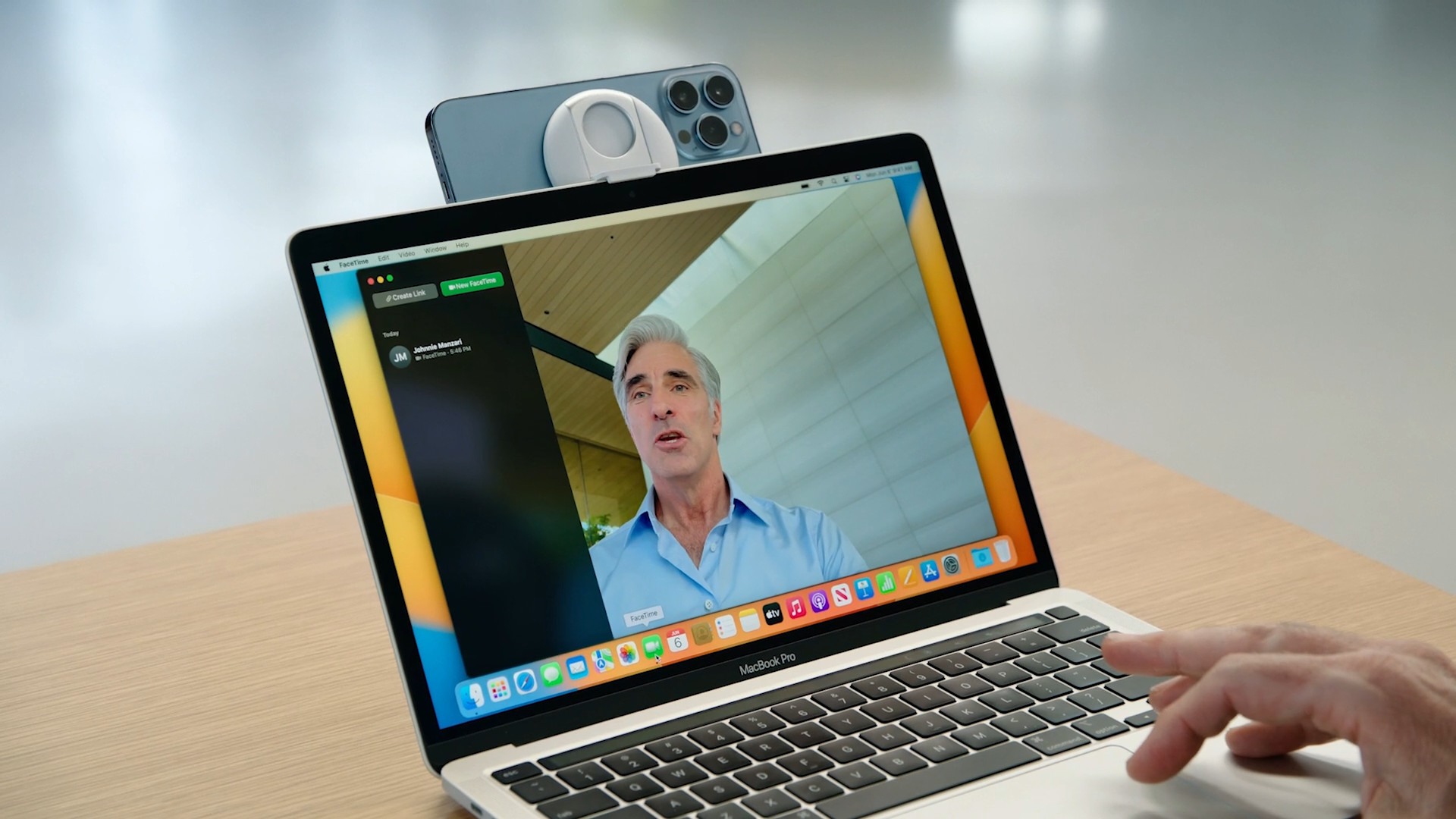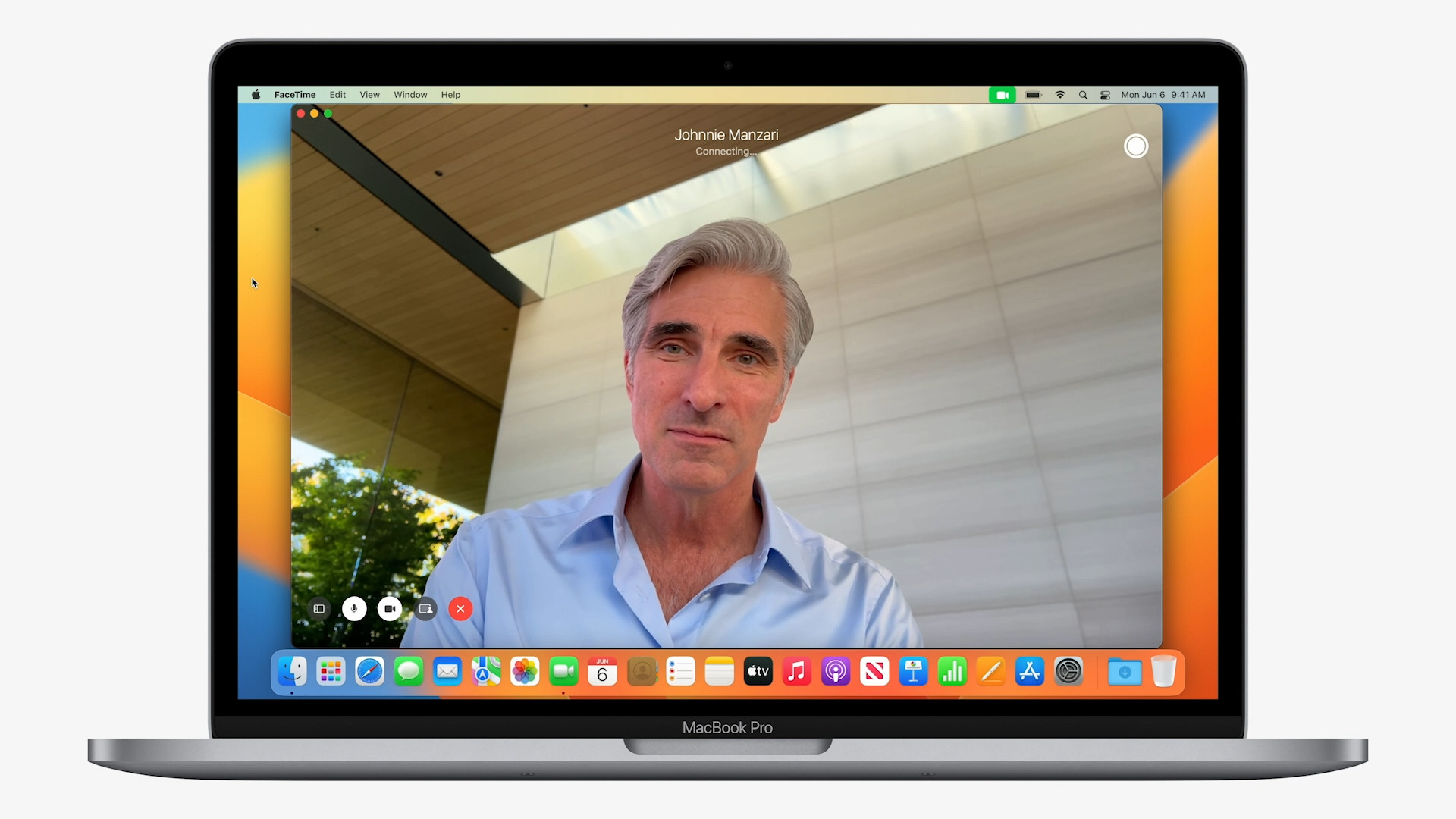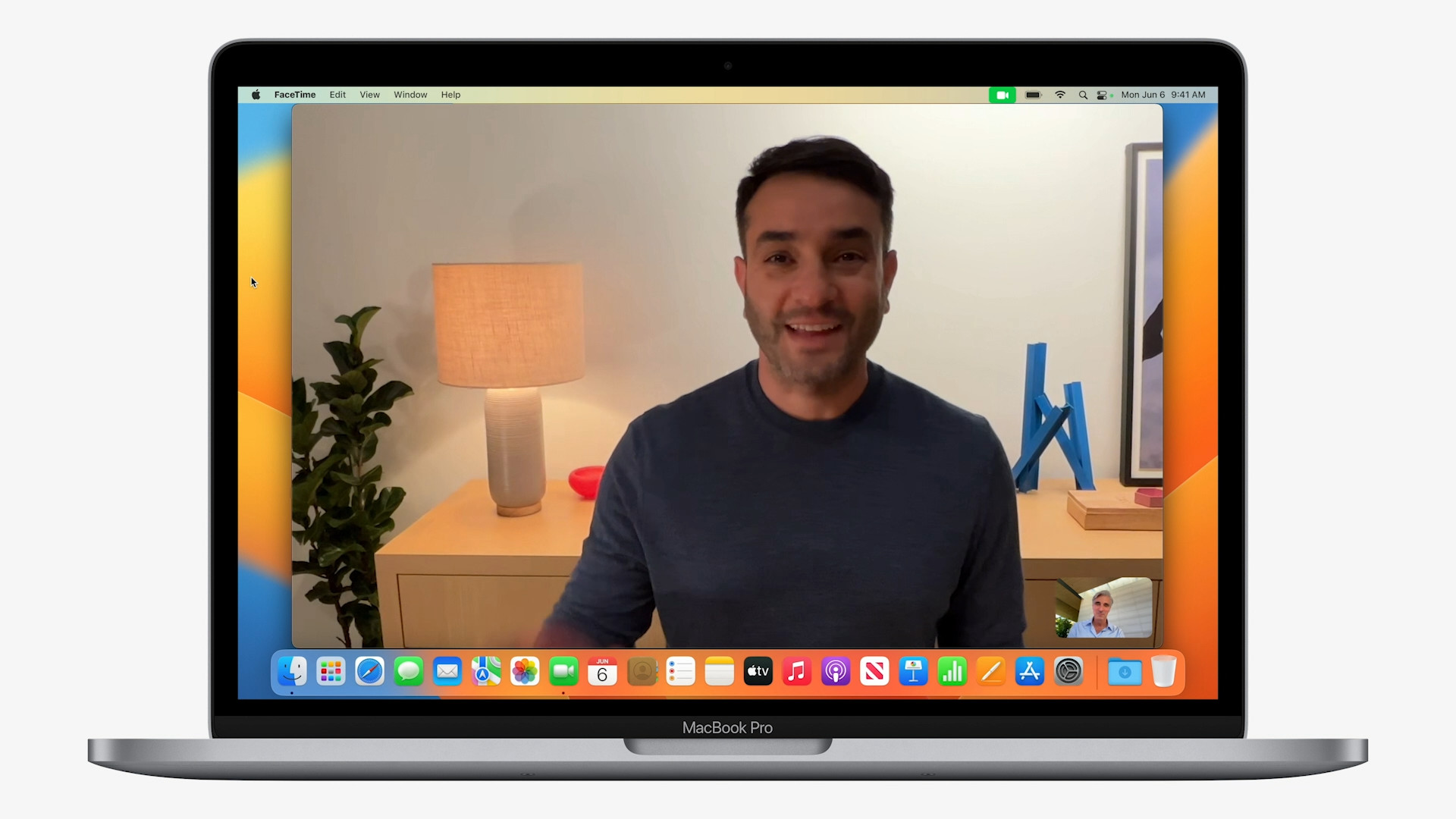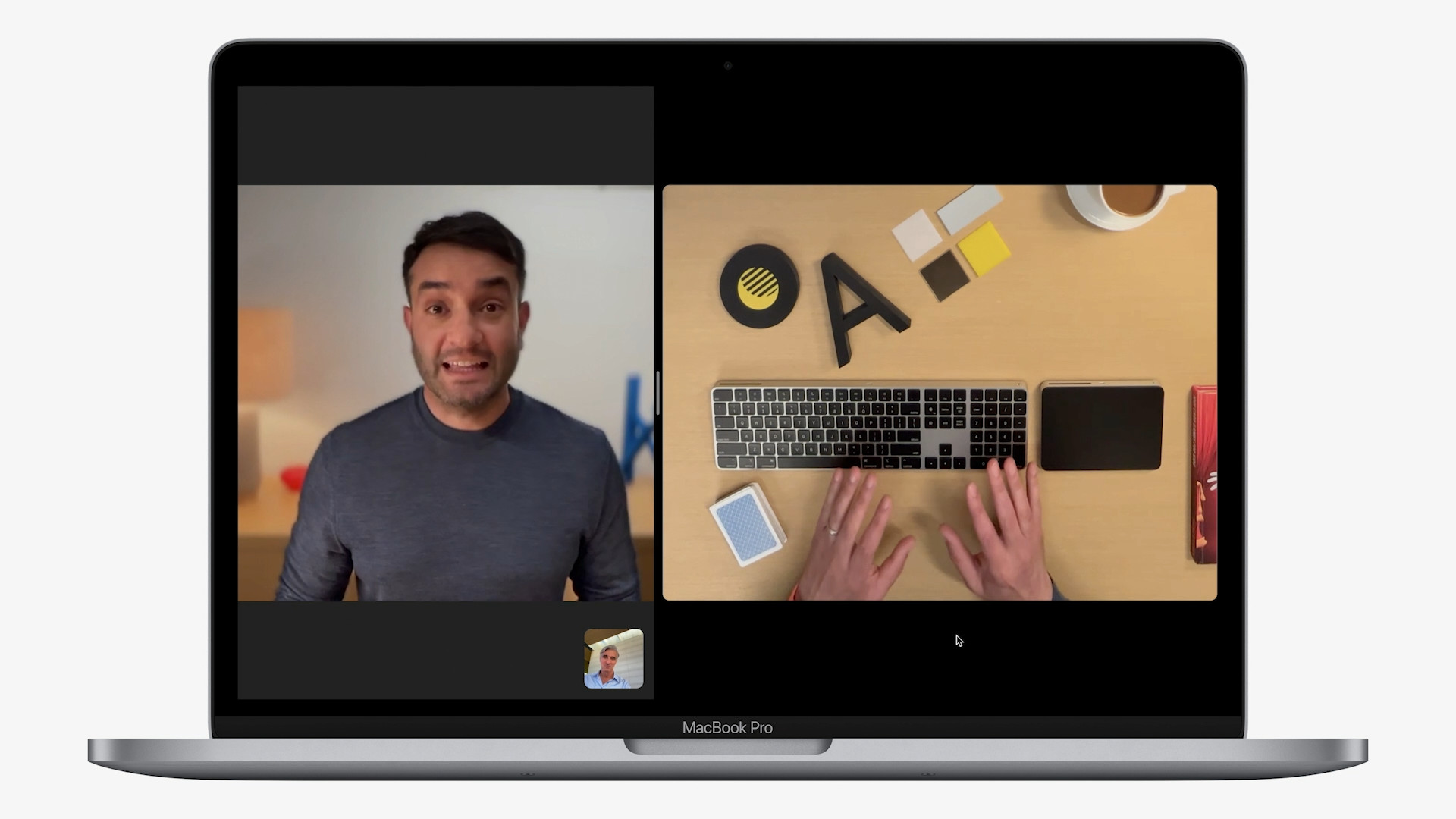At the beginning of the week, Apple presented us with the expected macOS 13 Ventura operating system, which comes with the great option of using the iPhone as a webcam. The new system brings a number of interesting novelties and overall focuses on continuity, which is also related to the mentioned function. For a long time, Apple faced considerable criticism for the quality of FaceTime HD cameras. And quite rightly so. For example, a MacBook Pro 13″ with an M2 chip, i.e. a laptop from 2022, still relies on a 720p camera, which is simply extremely inadequate these days. Conversely, iPhones have solid camera equipment and have no problem filming in 4K resolution at 60 frames per second. So why not use these options on Apple computers?
It could be interest you
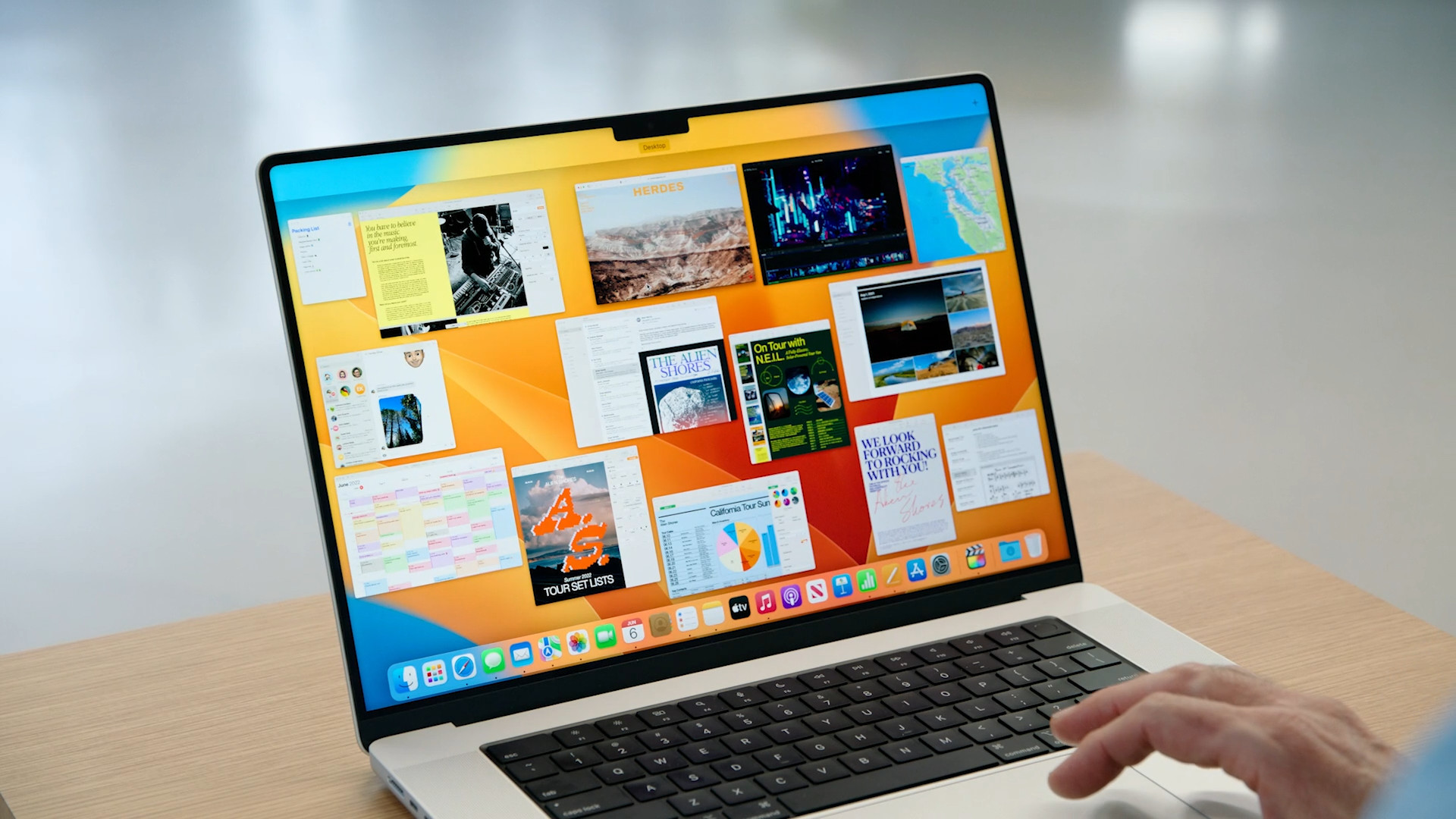
Apple calls the new feature Continuity Camera. With its help, the camera from the iPhone can be used instead of the webcam on the Mac, without any complicated settings or unnecessary cables. In short, everything works instantly and wirelessly. After all, this is what most apple growers see as the biggest benefit. Of course, similar options have been offered to us by third-party applications for a long time, but by incorporating this option into Apple operating systems, the whole process will become significantly more pleasant and the resulting quality will rise to a completely new level. So let's shine a light on the function together.
How Continuity Camera works
As we mentioned above, the operation of the Continuity Camera function is in principle quite simple. In this case, your Mac can use the iPhone as a webcam. All it will need is a phone holder so you can get it at the right height and point it right at you. Apple will eventually start selling a special MagSafe holder for these purposes from Belkin, however, for now it is not clear how many accessories it will actually cost. But let's return to the possibilities of the function itself. It works extremely simply and will automatically offer you the iPhone as a webcam if you bring the phone close enough to your computer.
But it does not end there. Apple continues to use the capabilities of the iPhone's camera equipment and takes the function several steps forward, which most Apple users did not even expect. Thanks to the presence of an ultra-wide-angle lens, the popular Center Stage function will not be missing, which will keep the user in the picture even when moving from left to right or vice versa. This can be especially useful for presentations. The presence of portrait mode is also great news. In an instant, you can blur your background and leave only you in focus. Another option is the studio light function. As the name itself suggests, this gadget plays with the light quite skillfully, making sure that the face remains lightened while the background darkens slightly. According to the initial tests, the function works really well and slowly it looks like you are using the ring light.

In the end, Apple boasted another interesting feature - the Desk View function, or a view of the table. It is this possibility that surprises the most, because again using the ultra-wide-angle lens, it can display two shots - the caller's face and his desktop - without any complicated adjustment of the iPhone's angle. The function can be used quite normally. The camera equipment of Apple phones has moved up several levels in recent years, making it easy for the phone to capture both scenes at the same time. You can see how it looks in practice on the picture attached above.
Will it even work?
Of course, there is also a rather fundamental question. Although the so-called function looks great on paper, many apple users wonder if something like this will even work in a reliable form. When we take into account all the mentioned possibilities and the fact that everything happens wirelessly, we can have certain doubts. However, you don't have to worry at all. As the first developer beta versions of the new operating systems are already available, many developers were able to thoroughly test all the new functions. And as it turned out in that case, Continuity Camera works exactly as Apple presented it. Even so, we have to point out one minor shortcoming. Since everything happens wirelessly and the image from the iPhone is practically streamed to the Mac, it is necessary to expect a small response. But what hasn't been tested yet is the Desk View feature. It is not yet available in macOS.
It could be interest you
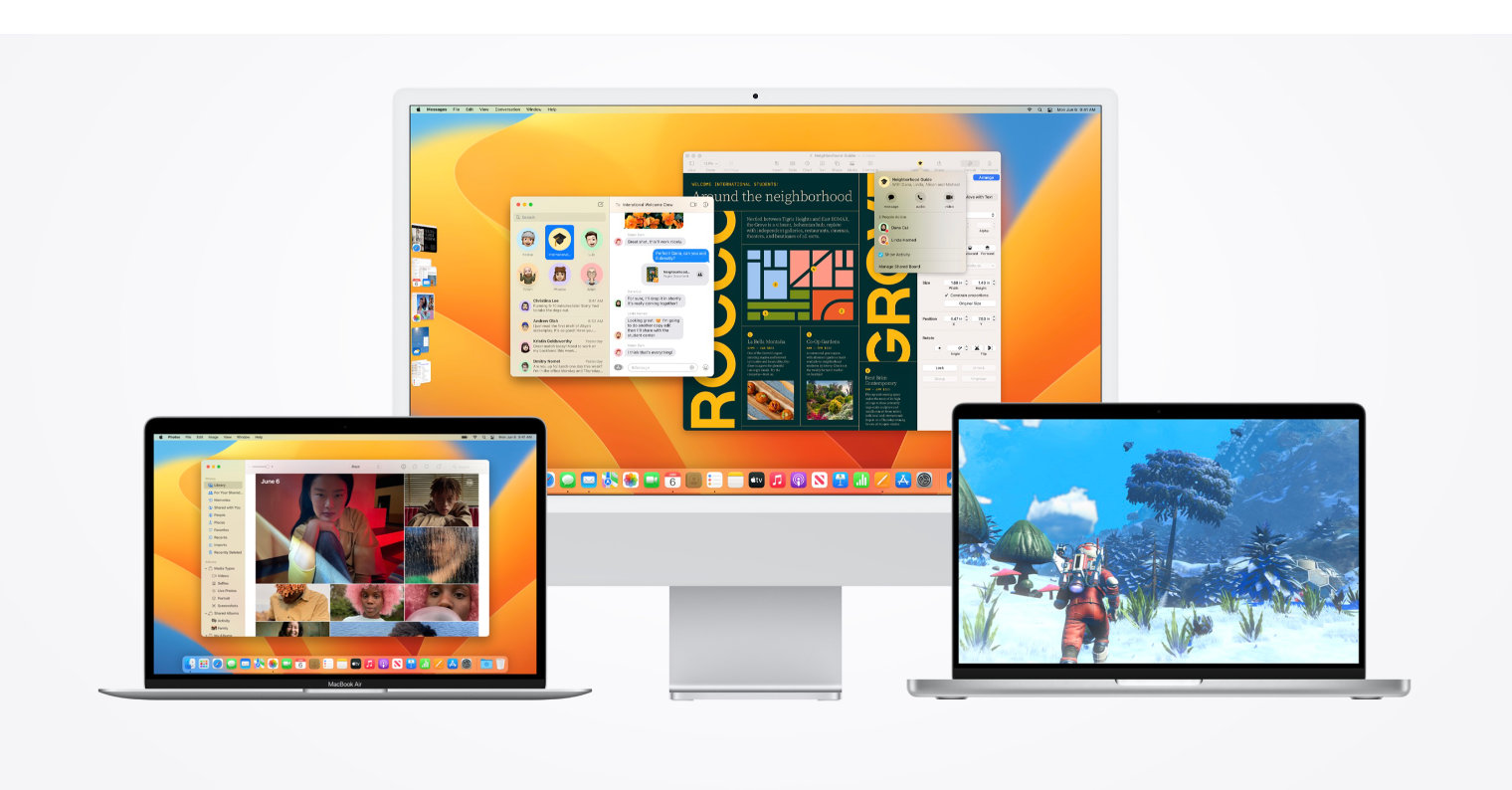
The great news is that the connected iPhone behaves like an external webcam in Continuity Camera mode, which brings with it a huge benefit. Thanks to this, it is possible to use this function practically everywhere, since you are not limited to, for example, native applications. Specifically, you can use it not only in FaceTime or Photo Booth, but also, for example, in Microsoft Teams, Skype, Discord, Google Meet, Zoom and other software. The new macOS 13 Ventura simply looks great. However, we will have to wait for its official release to the public some Friday, because Apple plans to release it only in the fall of this year.


